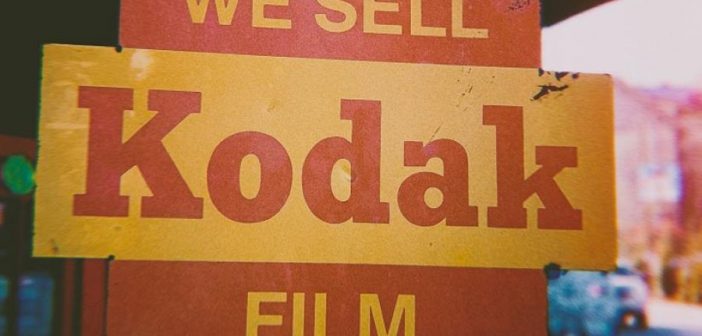Your business does not have a brand. Your brand has a business.
That may sound odd, backwards and perhaps even heretical. But it’s true.
Consider the smartphone on which you may be reading this. When it was fresh out of the box and had gigabytes of memory to spare, it weighed roughly 6 ounces, depending on what model it is. Today, loaded as it is with emails, apps, phone numbers and an encyclopedia’s worth of other stuff, it weighs the same 6 ounces. Why? Because while your smartphone is material, the ideas represented on it are not. Ideas have no mass; only the expressions of them do.
Your brand — your company’s positioning and the reputation it has earned — is an idea. It’s information. But your business — how you actually go about delivering products or services to your customers — is material. And material things decay. That’s why the key to longevity is continually realigning your business to your brand, not vice-versa.
I say continually because it’s a challenge that never ends. Every business begins as an abstract idea; only as it gets executed does it become concrete. The reputation a business gains, however — how it’s understood and the extent to which it’s respected — always remains an abstraction. As the material execution of the business gets buffeted by change, so does the abstract representation of it, and both can deteriorate together.
Your choice is not whether your model will change, but how and when. You can manage it intentionally, or you can let it happen to you — and risk harming or even destroying your brand in the process (Sears, anyone?).
Business models naturally get out of focus as the conditions in which they operate shift. That loss of focus, as I’ve documented, often leads to a loss of nerve and a lack of internal alignment, which can be deadly. In new research my firm conducted last year, we learned that companies in growth mode — those that are most relevant to the marketplace — are (unsurprisingly) most focused on the marketplace. By contrast, companies that are struggling — those that are least relevant to the marketplace — tend to be distracted with and preoccupied by internal issues.
Regaining a market-driven perspective is the key to seeing where your business model needs to go. It has never been easy to attract, let alone keep, customers, because consumers have always been a moving target. But in the old days, the context in which consumers made decisions changed slowly, which meant that business models and the brands with which they were associated could evolve slowly as well, often at an imperceptible pace.
Today, it’s different. As contexts change more quickly, business models must do so, as well. That’s where revisiting your raison d’être can help. Businesses are tied to marketplace expectations. Brands are tied to human needs. Expectations change with the times. Needs don’t.

For example, it’s a fundamental human need to stay informed about the world around us. Because newspapers filled that need for generations until recently, the expectation has been that they always would. Technology is changing our expectations of how we get the news, but it’s not affecting our need.
Similarly, we have always had a need for professional medical advice. For the past 100 years, that meant going to the doctor, an expectation that has become somewhat ingrained. Today sophisticated medical websites, virtual visits and digital diagnoses are causing our expectations to change, but they’re not affecting our need.
And civilized cultures will always have a need for higher education. In previous generations, our expectation for meeting that need meant attending a university. Today our rapidly transforming economy, the new career paths it spawns, and an exploding array of online learning options (abetted by runaway tuition inflation) are causing our expectations to change; they’re not affecting our need.
It’s easy for us to put our trust in business models, particularly if they’ve worked well over time. But because business models are material things, the question isn’t whether they need to change, but how. And when. And how fast.
If you have no idea how to navigate such a situation, here’s a north star: Great brands get back to first things: what needs they meet and why they exist, not what they do. The greater the equity a brand has, the more room it has to maneuver. But brands are always either building equity or burning it, and you don’t want to burn your brand’s equity for any longer than necessary.
What is your brand’s first thing? What is its immutable idea? What has always been true of it, regardless of era? How can technology, data, scientific advances, cultural changes and other transformations enable you to meet the need you’ve always met better or differently or more efficiently?
These are not difficult questions for newspapers, medical professionals, universities or any other industries to ask. It’s answering them honestly — and acting on the answers with courage and alacrity — with which we all struggle.
The smartphone was a once-in-a-generation advance, yet took little more than a decade to become commoditized. Material things are material; only ideas live on. If you want your business to last for generations, recognize that what’s important is not how you meet customer needs, it’s what customer needs you meet. Hold loosely to your model. Cling tightly to your brand.
–
This article first appeared in www.smartbrief.com
Seeking to build and grow your brand using the force of consumer insight, strategic foresight, creative disruption and technology prowess? Talk to us at +9714 3867728 or mail: info@groupisd.com or visit www.groupisd.com


